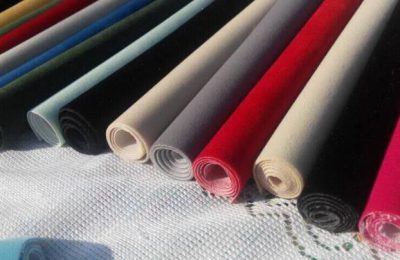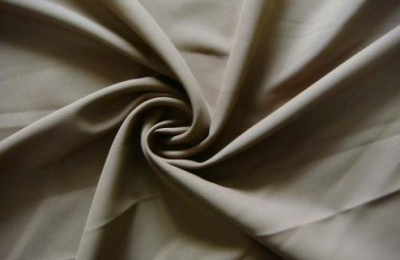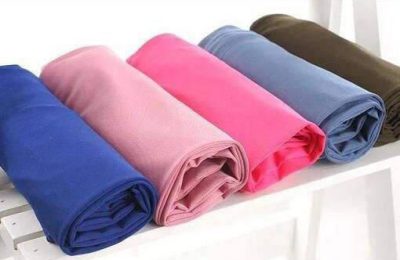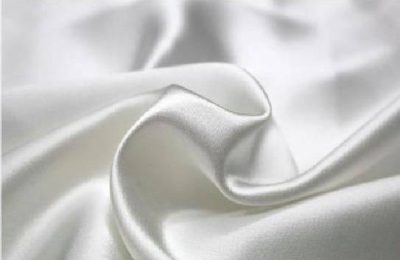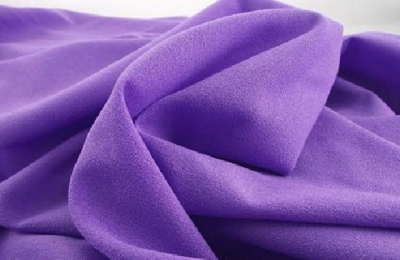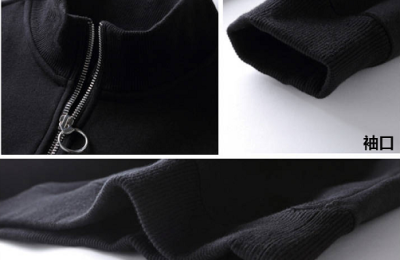Initial masks mostly used multi-layer skim gauze, with large fiber spacing. Even if many layers were used, they could only block large particles and had little effect on PM2.5.
After development, masks began to use melt-blown cloth as raw material. Melt-blown cloth uses the principle of electrostatic repulsion to block particles in the air and has a good protective effect against PM2.5. However, masks made of melt-blown cloth material have relatively high breathing resistance. , should not be worn for a long time, and static electricity weakening will affect the filtration effect to a great extent.
In this case, polytetrafluoroethylene mask membrane masks came into being. Film masks use nano-level thin film materials with good pore size uniformity, polytetrafluoroethylene mask membrane, which has good filtration effect, low breathing resistance, and is suitable for long-term use. Time to wear.
Film masks have the characteristics of high efficiency and long-term breathability and moisture permeability, which is a new direction for the development of masks in the future. Currently, mask film materials mainly include PTFE nano film masks.
The polytetrafluoroethylene mask membrane product uses polytetrafluoroethylene as raw material, expands it into a microporous film, and then uses a special process to coat the film on various fabrics or paper substrates on, making it a new type of filter material.
It has unparalleled advantages over traditional filter materials.
In terms of production, its technical requirements are much higher than those of ordinary waterproof materials. In terms of quality, it also has functional characteristics that other waterproof materials do not have.
We have a full set of advanced production equipment and testing instruments, as well as a complete pre-sales, sales and after-sales service system.
If interested, please enter the store for consultation.
</p



